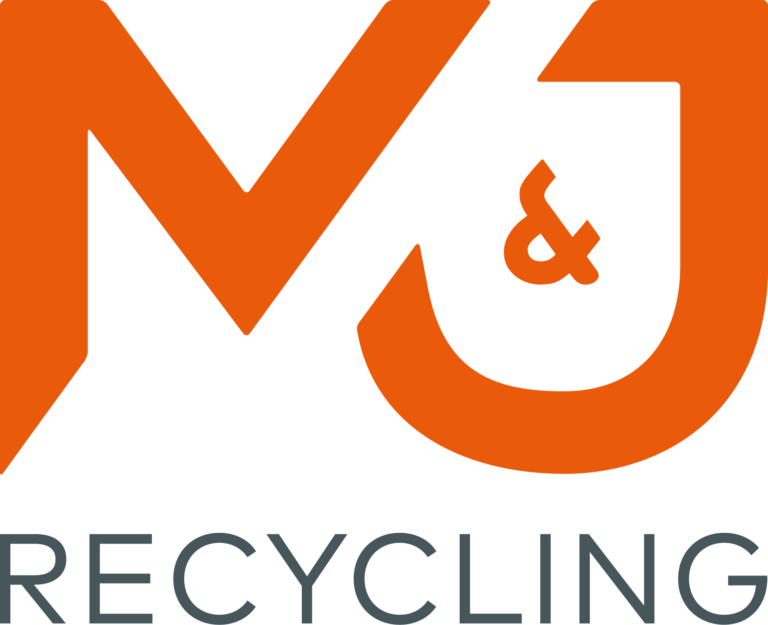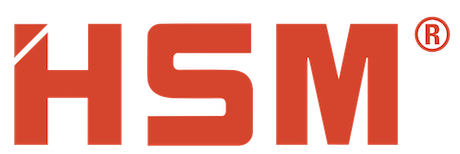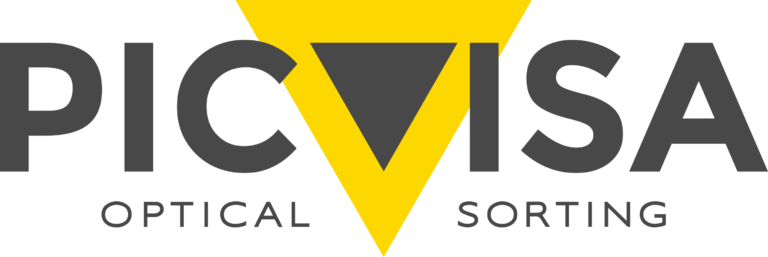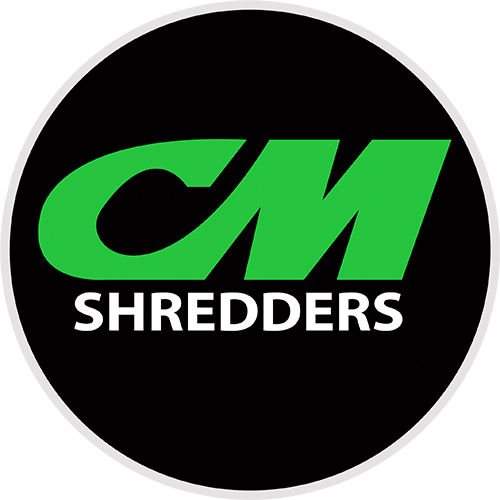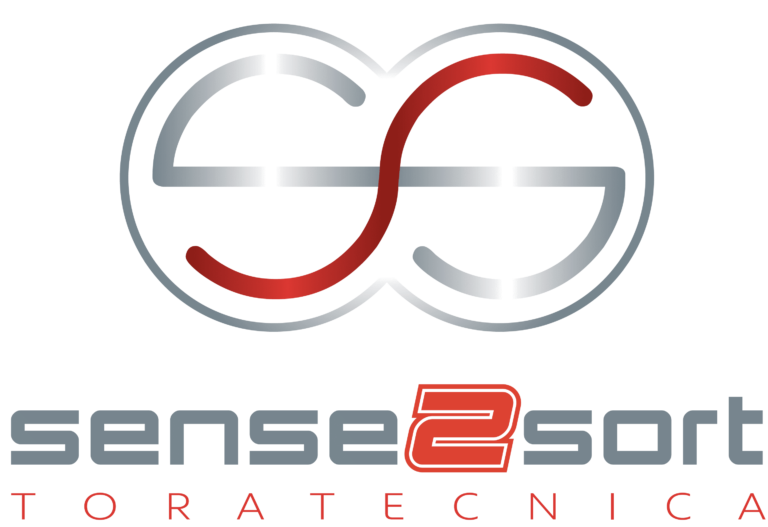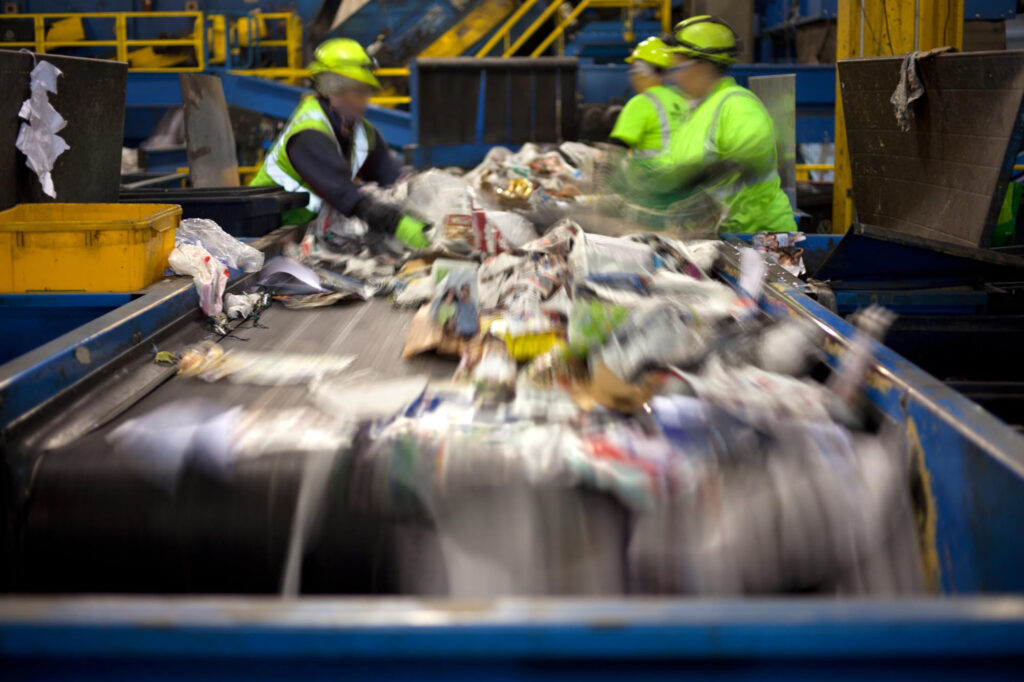Komptech is the leading technology and expert partner for mechanical and biological waste recycling, as well as treatment of woody biomass.
With a product range of over 50 different types of machines, we cover all key process steps in modern waste handling – shredding, separation, and biological treatment.
“A sustainable future for future generations and the economic success of our customers are important to us. Our contribution to this is innovative technologies and solutions for the processing of waste and biomass.”
Komptech as research partner
The world is facing some major challenges. We are convinced that to continue mastering these challenges in the future, research is required, because “constant innovation is the only effective means to achieving long-term success as a company while still being able to act sustainably,” said Franz Froschauer, CTO. This is why we routinely cooperate with renowned research institutions. This enables us to combine our knowledge and jointly work on intelligent solutions for the future.









